Scotland + Venice: The Happenstance dispatches
A series of 12 publications or ‘dispatches’ exploring the themes and learning from The Happenstance.

The Happenstance was Scotland’s critically acclaimed contribution to the ‘freespace’ theme at the International Architecture Exhibition in 2018, delivered through Scotland + Venice.
The project was an active archive around a boardwalk-cum-climbing in the garden of Palazzo Zenobio. Read more about The Happenstance on the Scotland + Venice website.
Architecture and Design Scotland, part of Scotland + Venice, created a series of 12 ‘dispatches’ exploring the project’s themes and learning.
Through the dispatches, the story unfolds and explores the project’s inspirations, people, places, connections, and legacy. Click on the links below to skip to one that interests you.
- Issue 1: An introduction
- Issue 2: Venice reflective
- Issue 3: Into the mouth of the wolf
- Issue 4: My experience as a fellow at The Happenstance
- Issue 5: Venice context
- Issue 6: Play
- Issue 7: Tools of the trade
- Issue 8: One A to Z of making connections
- Issue 9: Participatory practice
- Issue 10: A conversation, a workshop and afterwards
- Issue 11: A lively Scottish-Venetian freespace
- Issue 12: The ongoing legacy
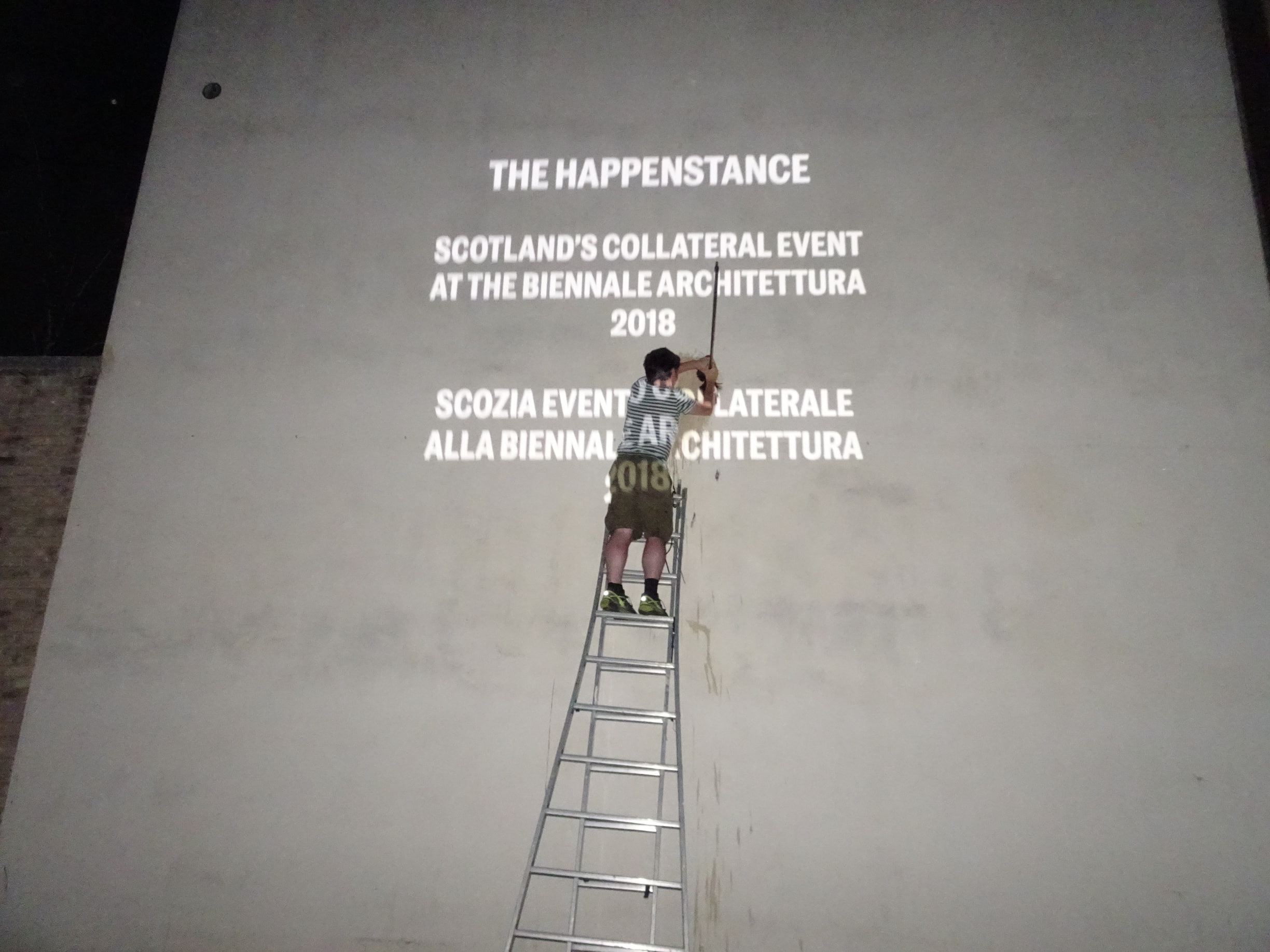
Issue 1: An introduction
The first dispatch, written by Morag Bain, begins with the back story of Scotland + Venice. It then introduces the work of The Happenstance artists’ and architects’ past work. It also summarises the project’s three phases: in Scotland, in Venice, and back in Scotland.

Issue 2: Venice reflective
Lee Ivett of Baxendale Studio looks at why a successful public space is one that suggests possibility and opportunity rather than dictates and instructs behaviour.
The armature in the garden of Zenobio provided a framework, both literal and metaphorical, that allowed curiosity, reaction, engagement and participation.
In this unique context, it was a support mechanism for people to take risks, try things out, fail, succeed, fail again, grow, develop and improve.

Issue 3: Into the mouth of the wolf
Anti-curator of The Happenstance Peter McCaughey tells the story of a day in the life of the project. He illustrates how, from the moment the Scottish team finds the garden, “the daily incidence of coincidence and good fortune is uncanny”.
The day is run through breathlessly, with a score of birdsong, singing, music, talking, playing and making resounding throughout the day.
The ‘expect to get lucky’ mantra leads to the chance encounter. This increases the serendipity and manufactures the magic (with some tension to add a bit of spice!), all happening in that one day, amongst days, in the Garden of Epiphanies.
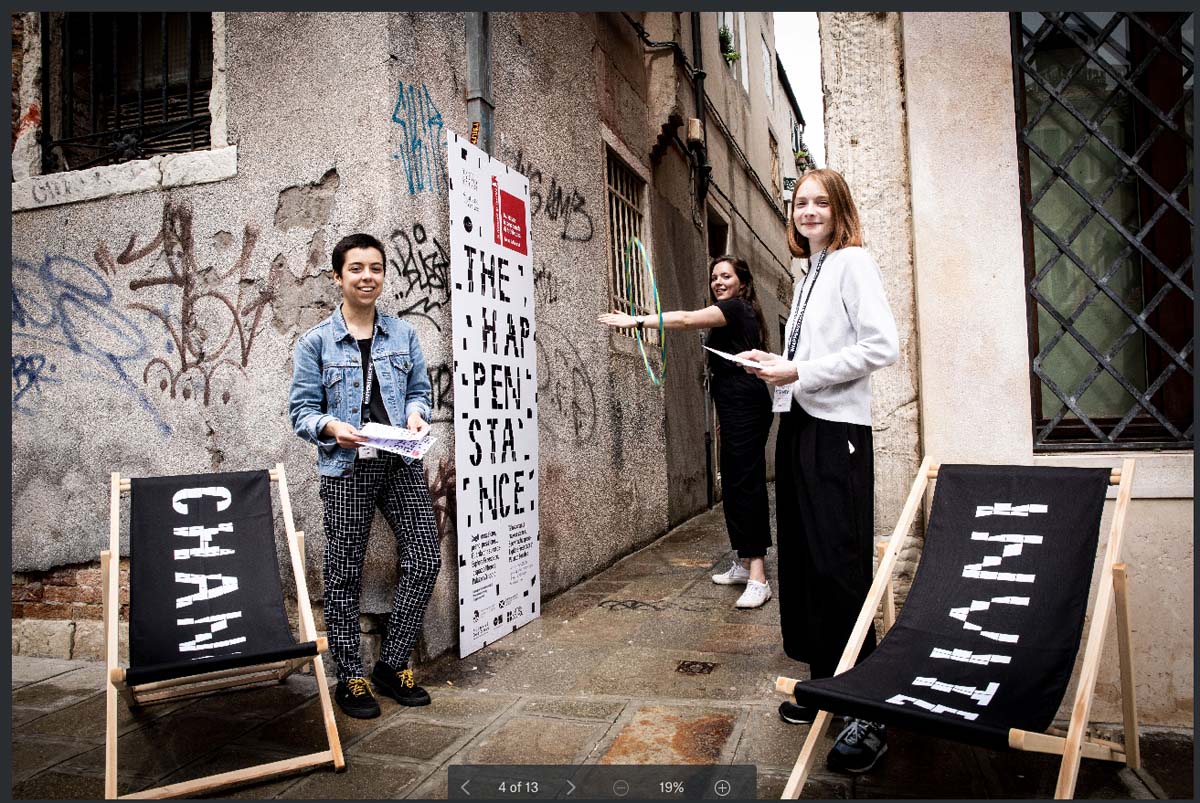
Issue 4: My experience as a fellow at The Happenstance
As part of the research he carried out as a fellow at The Happenstance, architecture student Theo Shack looks at what immersive education meant as part of the project.
He also explores how the mantra ‘expect to get lucky’ opened up “seeing things and possibilities that might not otherwise happen if you were busy carrying out the plan already made”.
The five students who took part as fellows played an important part in The Happenstance. The programme offered self-led research, professional development opportunities and a time of exceptional experiences. You can read all their contributions on the Scotland +Venice: Fellowship Programme 2018 page.
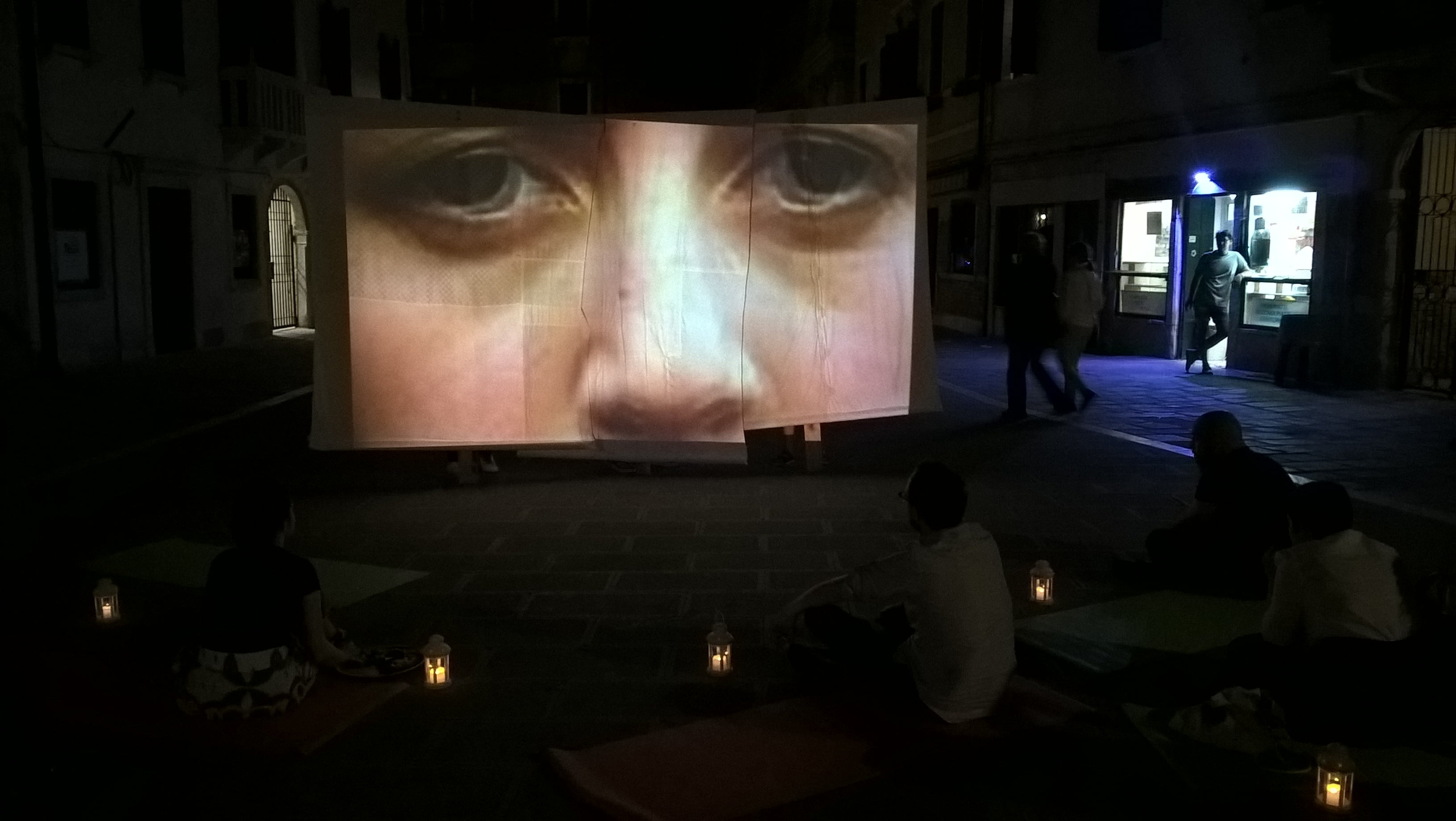
Issue 5: Venice context
Designer and local Venetian Alberto Lago played an important role in the project. Here he talks about how the memory of The Happenstance is still alive in the mind of the Venetian people.
It brought to the island a spirit of freedom and community engagement that Venice is losing due to the high touristic densification. The legacy of The Happenstance raised awareness that public space for all is needed in a city that is not free anymore.

Issue 6: Play
Artist Brian Hartley looks at the importance of play as a spontaneous and creative process. He reflects on its agency in projects in Scotland, and in the ‘freespace’ created for the local Venetian community and visitors to Venice.
He explores how play opens up vital conversations and actions around identity and encourages the collective use of public and private space.
He looks at two projects that engaged specifically with themes of play: his own, and the collaborative practice of Ruby Pester and Nadia Rossi (Pester and Rossi).
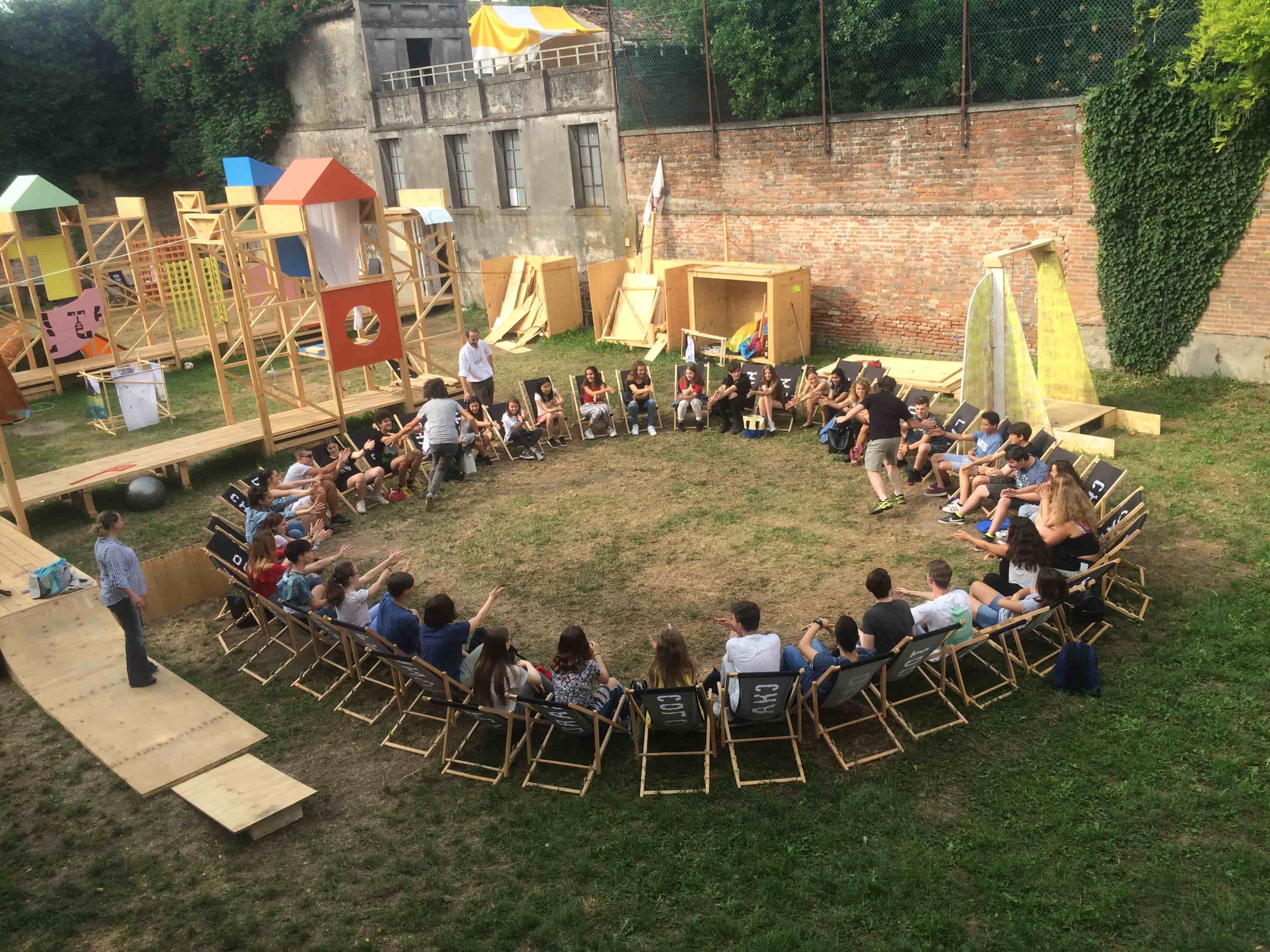
Issue 7: Tools of the trade
Anti-curator of The Happenstance Peter McCaughey focuses on five principal tools of the many tools and tactics used. All tools encouraged people to react, respond and engage. Most importantly they were quickly taken up by visitors and used by them for their own purposes.
The garden, the armature, the tools and the tactics were resources available to all who ventured in, and to those who were met when The Happenstance ventured out into Venice. They are resources that continue to support activity in Venice to this day.

Issue 8: One A to Z of making connections
Anti-curator of The Happenstance Peter McCaughey charts some of the relationships that evolved through The Happenstance. He explores the variety of ways the project helped weave connections between individuals and organisations.
He traces some of the learning around this and how the space itself became a medium for generating maps, amplifying capacities, and encouraging community networking.
Peter considers how important the concept of ‘freespace’ is to this process of cultivating community in light of the growing privatisation of public space.

Issue 9: Participatory practice
Chief Architect at Scottish Government Ian Gilzean looks at the bigger picture around participatory practice and community empowerment.
He considers how participation as a creative methodology has great value: it can stimulate local ideas and boost communities’ awareness of their places’ potential.
It can help empower and inspire people to realise their own creativity and help engender a sense of ownership and optimism. He cites The Happenstance as a project that allowed people to take ownership by activating and programming spaces.
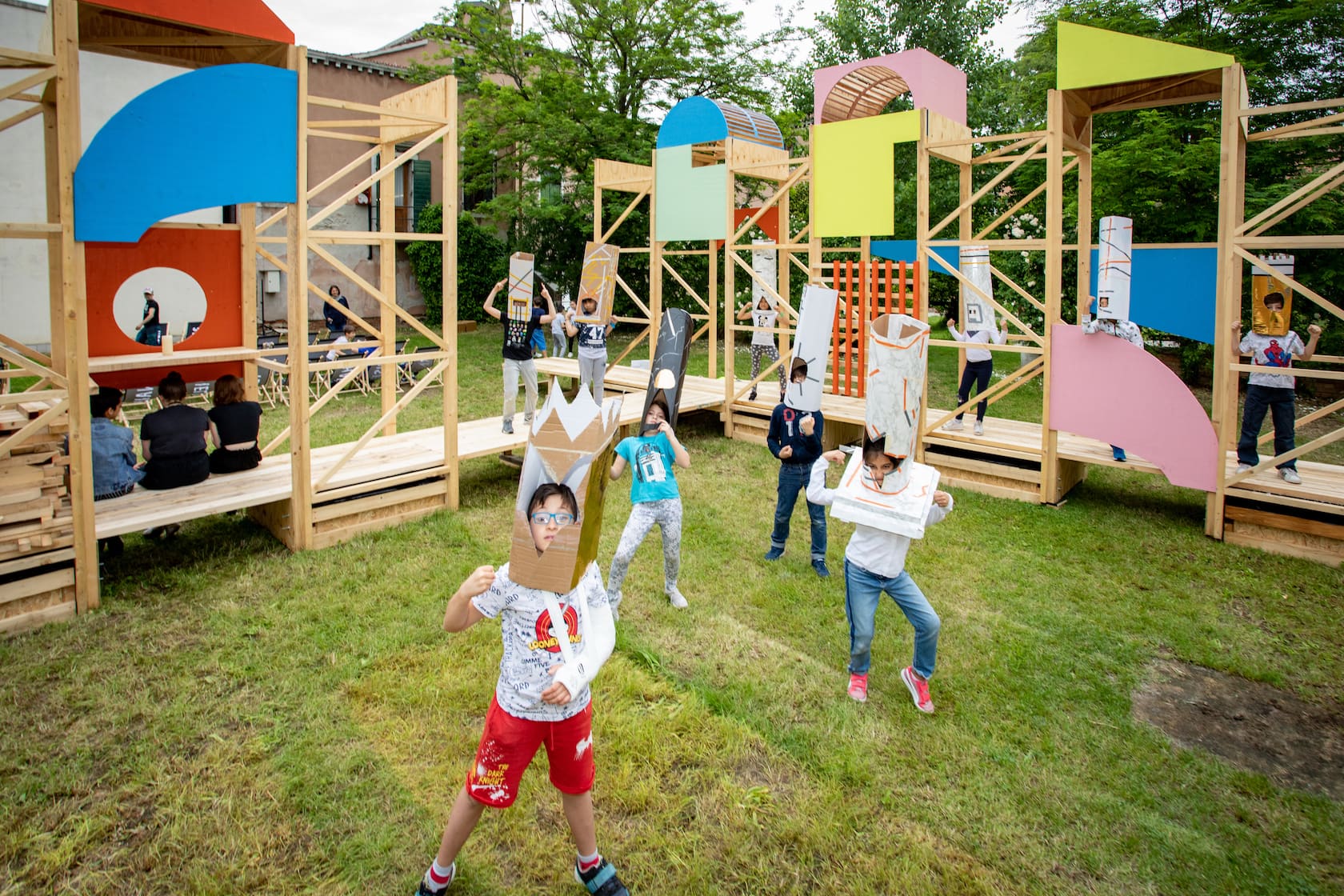
Issue 10: A conversation, a workshop and afterwards
Artists Emily Speed and Elizabeth Murphy examine how the individuals within a team are able to make something much bigger, more layered and more profound. They look at how the team brings together the strengths of the individuals and can make you notice something you may not have seen yourself.
They explore how tools can be a conceptual tool shed as well as a practical tool shed: the list of tools growing project by project. And they look at how a member of the team can be the character of the place.
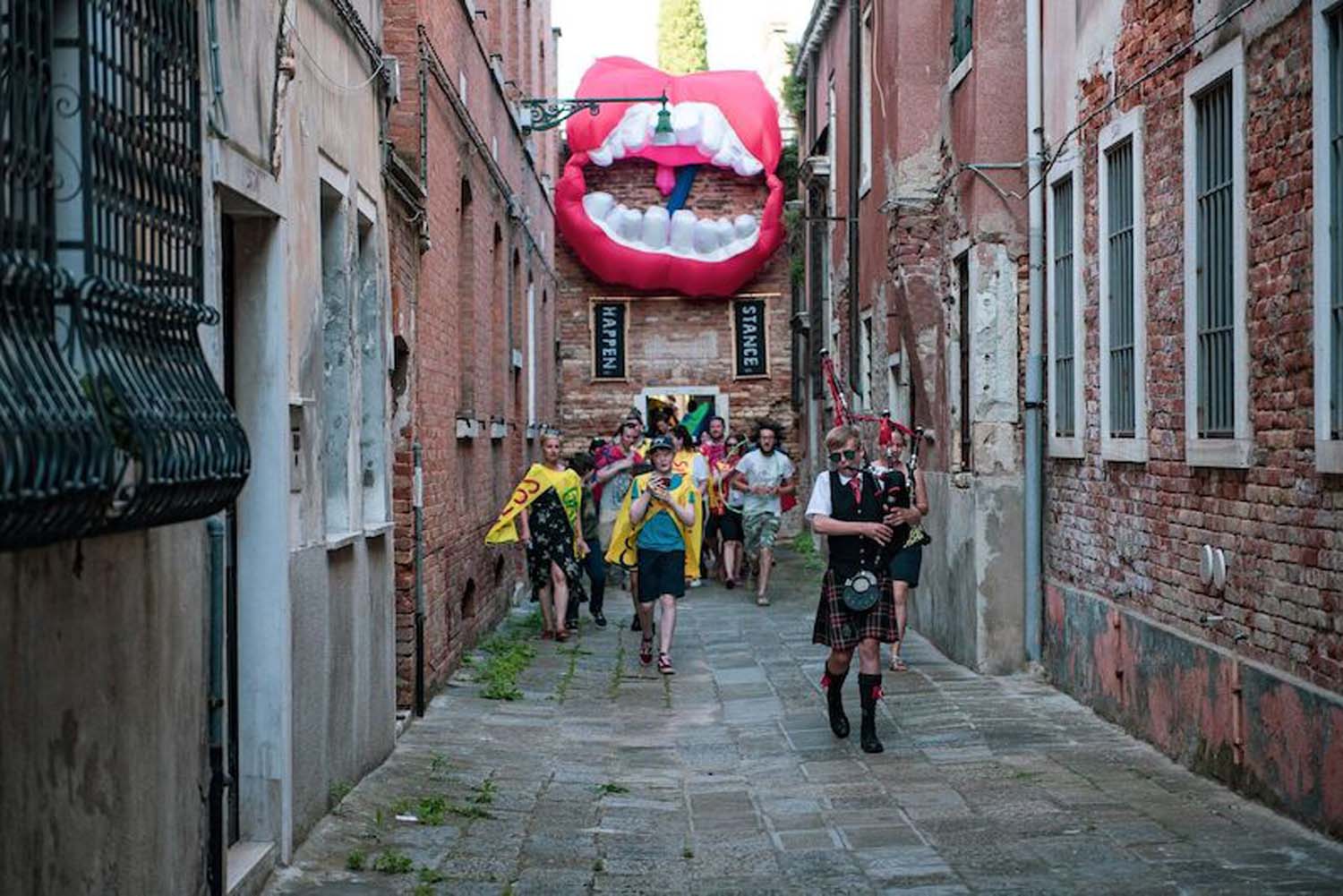
Issue 11: A lively Scottish-Venetian freespace
Critic and curator Phineas Harper sets the scene of the Biennale Architettura by looking at how it is indeed far from the theme of a ‘freespace’ itself. He asks what the role of the Biennale Architettura is and how little engagement it has with Venetians.
In contrast, he writes, rather than a fixed exhibition to be experienced as a static work, The Happenstance was a multi-faceted armature built to host an ongoing festival of play, performance and making, freely open to all. The usually neglected Venetians took the project to heart: news of it spread by word of mouth.

Issue 12: The ongoing legacy
Architecture and Design Scotland’s Principal Design Officer Morag Bain and anti-curator of The Happenstance Peter McCaughey give a broad brushstroke of some of the many legacy outcomes of The Happenstance.
The tools shared, the friendships and connections made, and the outdoor cinema equipment left to the people of Venice ensure its legacy is ongoing.
Header image credit: Alberto Lago
Past projects of The Happenstance artists’ and architects
The following spreads present examples of past projects by the artists and architects selected by WAVEparticle to contribute to The Happenstance. The examples demonstrate different approaches to the art of building free space. They were displayed in Palazzo Zenobio and contextualised the series of workshops, talks, presentations and live events the team initiated in Venice. Download each resource to read in detail.
